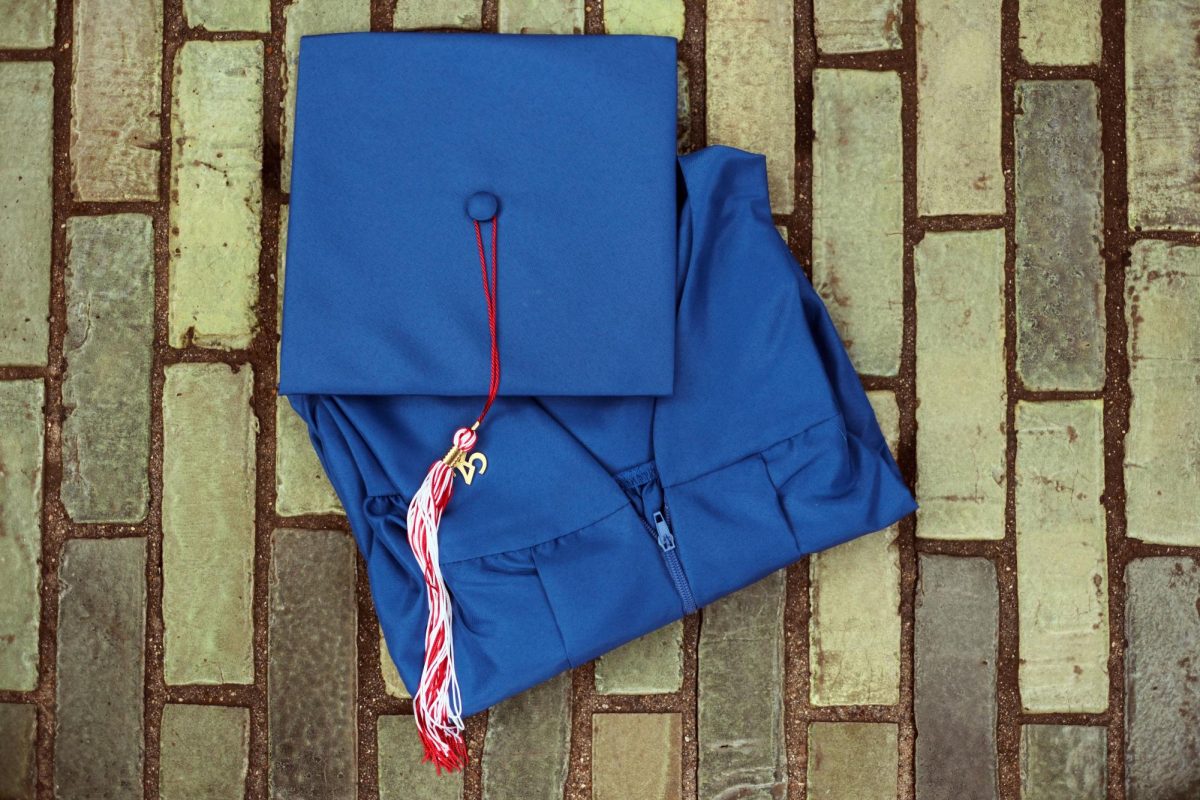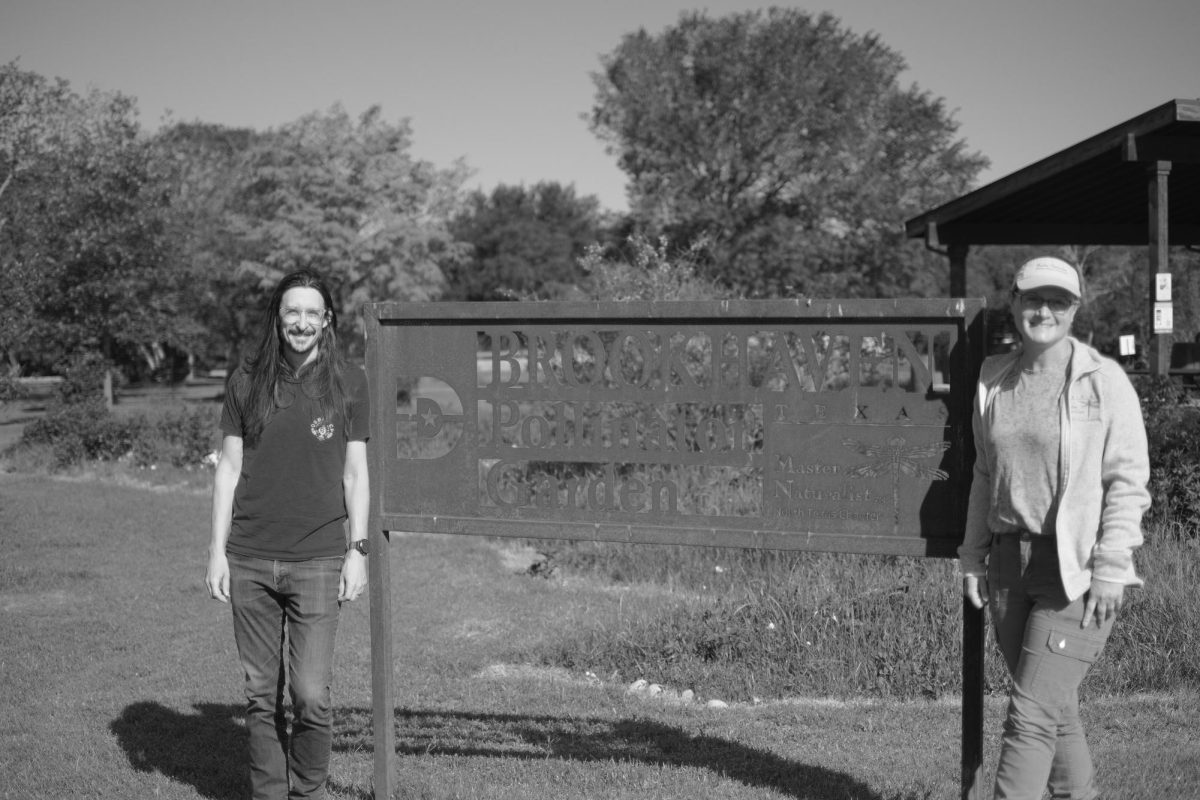Movie screening brings awareness of American Indian identity, culture
By Jessica Ayers
Staff Writer

The Brookhaven College lecture hall was standing room only by the time attendees made their way into Room K234 for a panel discussion and screening of the documentary film “A Good Day to Die.” The movie was about the life of Dennis Banks, co-founder of the American Indian Movement.
Before the film began, the air was filled with distracted chatter. Professors organized sign-in sheets and counted attendance. The audience, mainly students who took advantage of extra credit, was lively. Cameron Sinclair, history professor, posed a question as the introduction to the film.
“Are you more excited about the movie or extra credit?” Sinclair asked. The crowd gave an almost uniform response, confirming their not-so-hidden agenda to obtain a few extra points. Sinclair faked a reprimand and pressed play.
The crowd dynamic changed rapidly at the start of the opening scene. The film began with views of snow-covered wilderness and poignant quotes.
The scene set the tone of the film – chilling, unbearable truths mixed with powerful messages from a forgotten people. No matter the initial reason for attendance, students were engaged within a few moments.
If the intent of the film was to use Banks’ life story as a means to bring about awareness to the plight of American Indians, then it could be deemed a success.
At the start of the film, Banks recalled when he was 5 and forced to attend boarding school outside of Pine Ridge reservation, located in South Dakota, where he lived.
It was difficult to imagine being bussed off with strangers to an unfamiliar place at such a young age.
According to the film, white Americans used boarding schools as a way to “deIndianize” Native Americans. At first arrival, they were sprayed down with dichlorodiphenyltrichloroethane (DDT). The Centers for Disease Control website defines DDT as “an insecticide used in agriculture” and warns of the 1972 ban on the use of DDT in the U.S. based on environmental and health risks.
To add insult to injury, students were also given different names and even beaten for speaking in their native tongues. Fellow AIM founder Clyde Bellecourt recalled a time at the school when one of the students, fed up with inhumane treatment, stood up to one of the teachers. The outburst ended in bloodshed after the teacher slapped the child, causing his mouth to bleed.
It was the retelling of stories such as this that kept the audience engrossed throughout the film.
With war stories and tales of protests and the occupation of federal buildings, the film pulled no punches in what seemed to be an attempt at igniting the emotions of filmgoers. At times, it felt as if the scenes were pages torn from the script of a Hollywood blockbuster. Except this was no multi-million dollar production – it was real life.
When it came to Dennis Banks’ art, art imitated life.
There were recognizable similarities between the American Indian and Civil Rights Movements throughout the film. Each minority group fought to retain its cultural identity. Panelist Jennifer Allen, history professor, mentioned the notable likeness. “They do take a page from the black power movement … they continue to try and figure out where they can be most effective,” she said.
The explanation of the documentary’s title, “A Good Day to Die,” came near the halfway point of the film. The words were taken from a speech given by Banks as a rallying cry to AIM members. He instilled the idea that though they wanted peace, a day spent fighting for justice would be a good day to die.
During the panel discussion, an attendee posed a question about the success of the AIM. The answer could be found in the creation of the film. The results gave voice to people whose struggles had been muted for far too long.






